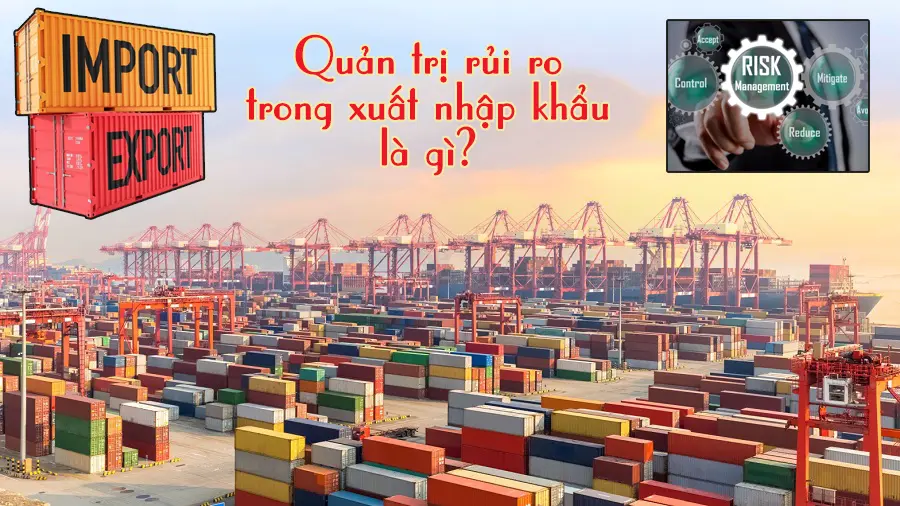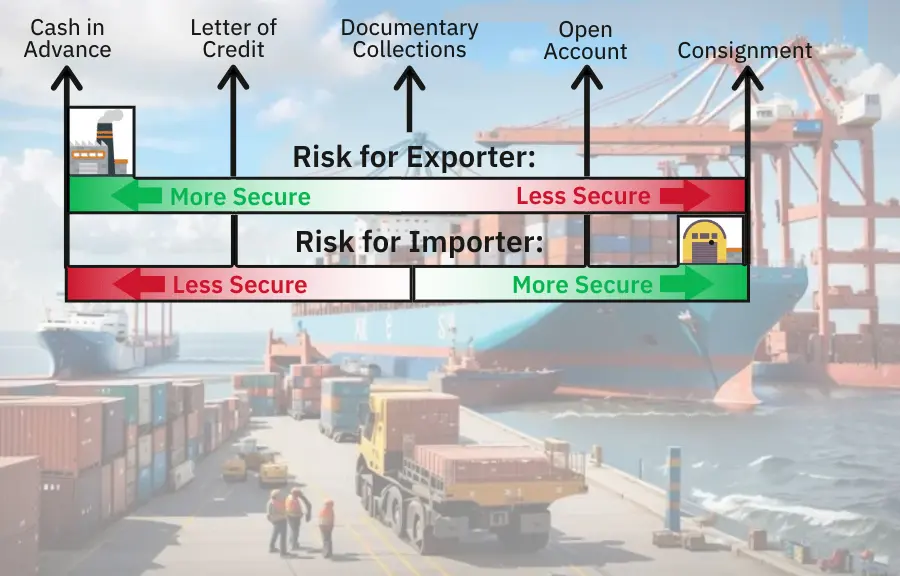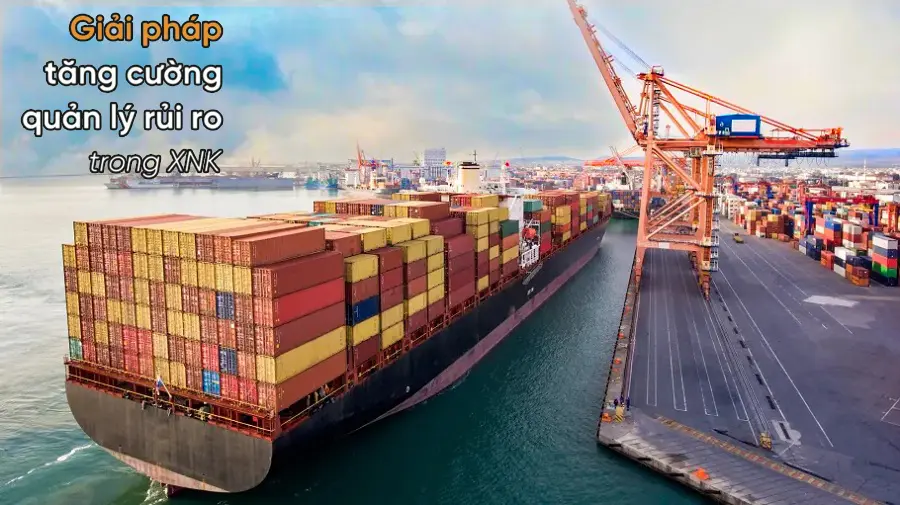x You are interested and want to know how risky management solutions in import and export?
x Logistics and import -export businesses need to learn more about risk management in the process of import and export? X You want to know the types of risks as well as solutions to enhance the efficiency in import -export risk management?
Join Proship.vn, we update all knowledge and knowledge about risk management in import and export of goods within this sharing framework. At the same time, Proship Logistics also pointed out solutions to enhance risk management efficiency for enterprises exporting and importing in time.
What is risk management in import and export?
What is risk management in import and export? Risk management in import and export does not mean eliminating completely risks, but instead is the process of performing steps to determine risks, levels of risk, level of influence so that there is a solution to minimize the extent of damage caused by risks.

The risks in import and export are common
Want to manage risks in import and export effectively, first need to know the common types of risks:
Legal risk
Each country has different legal systems and regulations. Therefore, import -export companies may face many related legal issues in the field of business, such as customs, currency contracts, intellectual property rights, legal responsibilities, ...
Political risks
The majority of businesses with business activities out of the country faces political issues. When there is a change in politics, business will definitely affect more or less.
Examples of political risks such as civil instability, terrorism, new elections, sanctions, pressure from other governments, ...
Risk of natural conditions
Natural issues such as force majeure risks such as natural disasters, floods, earthquakes, tsunamis, epidemics, etc., for enterprises exporting goods of seasonal goods and is affected by nature such as agricultural, forestry, fishery activities, ... will be affected quite large.
Quality risk
The quality of goods is not guaranteed, unlike agreement or failure of customers' expectations is also one of the risks to note.
In addition, in some cases, although the goods are quality, the buyer still uses a complaint to achieve an advantage or to force the discount. These are also risks that have a significant impact on businesses.

Transport risk
Businesses may experience transport risks such as goods required to preserve cold, not exposed to too high temperatures, or goods with short shelf life, fragile goods, goods that need to be handled, ... to avoid causing damage from small to large for businesses.
Cultural risks
Exporting goods may encounter difficulties on cultural, religious, beliefs, customs, lifestyles, etc. Export goods may not be suitable for the culture of people in the importing country, thereby causing damage and losses in business.
Classification of risk levels in import and export
To manage risks in import and export, it is necessary to classify, evaluate the level of risk and affect the business:
Risk levels with import and export activities
Pursuant to Article 16, Circular 81/2019/TT-BTC:
Classification of risk levels for export, import, exit, entry and transit in customs operations.
Risks for export, import, exit, entry, transit in customs operations are classified at one of the following levels:
1. High risk
2. Average risk
3. Low risk
Basis for classifying risk levels in import and export
According to Article 17, Circular 81/2019/TT-BTC, risks in export, import, exit, entry and transit in customs activities are classified based on factors under Article 15, Decree 08/2015/ND-CP:
(1) Tax management policies and policies applied to export, import and transit goods.
(2) History of violations is related to:
- Goods exported, imported and transited;
- Owners of vehicles transporting exit, entry and transit;
- The owner of the goods, the shipper, the consignee, the address of the shipment;
- People exit, entry, transit and luggage of exit, entry and transit.
(3) Properties, characteristics, origin, routes, and transportation methods of:
- Goods exported, imported and transited;
- Persons, entry, transit and their luggage.
(4) Persons of customs declaration, means of transport and luggage of exit, entry and transit.
(5) Objectives and requirements for customs management in periods.
(6) Results of performing professional activities related to export, import, transit, vehicles of exit, entry, transit and exit people, entry, transit, luggage of exit people, entry and transit.
(7) Professional information, risk warnings on objects, methods and tricks to perform illegal acts such as smuggling, tax evasion, illegal transportation, trade frauds in import and export activities, immigration and transit in each period.
.
(9) Signs of risks and signs of violations of customs law.
(10) Random selection according to management requirements in each period.
(11) Other related factors.
Solutions to enhance the effectiveness of risk management in import and export
Join Proship to find out the solutions to enhance the effectiveness of risk management activities in import and export:
Macro -risk management solutions
Macro solutions such as:
- Study measures to support businesses to access investment promotion policies;
- Technology, information and advice support;
- Improve and perfect mechanisms, policies, laws, ... in order to build a safe and effective business environment for businesses.

Micro -risk management solutions
Micro solutions such as:
- Improve control process, limit business risks;
- Effective business strategy;
- Execution and risk management;
- Building a system of product business solutions and strategies suitable to business conditions;
- Thoroughly researching the market, selecting partners and industries;
- Buy goods insurance;
- Improve the number and quality of employees who are knowledgeable about import and export operations.
to manage risks in import and export to achieve the expected efficiency and related knowledge has been fully conveyed by Proship Logistics, details above. If you need to export, import, transport multimodal goods, contact 0909 344 247 for advice on the safest transport routes, cost savings and time.
